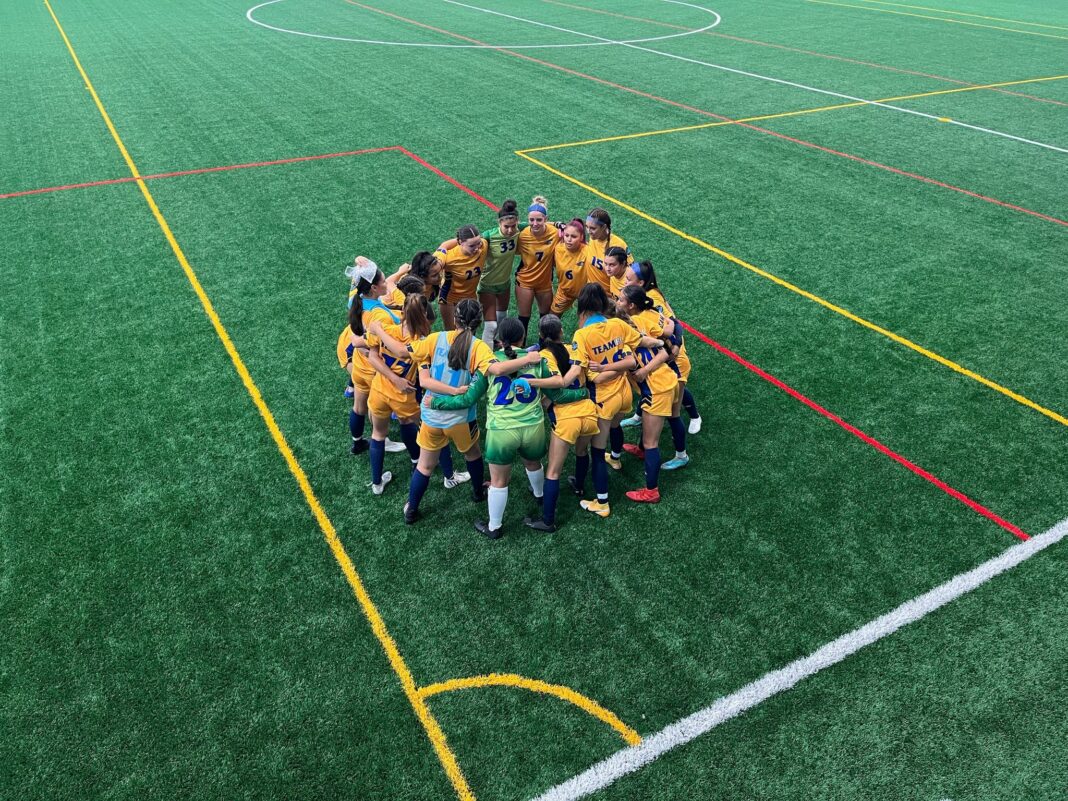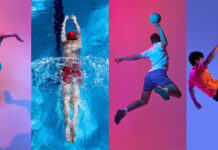EDI. IDEA. DEI. DEIB. EDIA. JEDI. The many acronyms of equity, diversity and inclusion have created a layer of mystique around this work in parallel with its rise to the forefront of society over the past four years.
In February 2020, when I launched INclusion INcorporated, if you had told me that the world would shut down, and then we would have an emergence of social justice issues in such startling and profound ways, I certainly wouldn’t have believed any of it. While I have spent most of my career undertaking social justice and inclusion work in a range of ways, much of that time has been spent needing to explain the “why” of EDI work, and why these shifts in awareness of social justice topics moved us to action, albeit some of it turned out to be performative.
A PLACE OF BELONGING
As I leaned deeper and deeper into these spaces, a few key learnings emerged for me: we have forgotten that sport and physical activity are about people, and sport at the highest levels has dehumanized the people it was built to serve. Fitness, sports, recreation and physical activity should be places of belonging. For people to feel like they belong, they need to feel like they are welcomed for who they are, supported in how they need and want to show up, feel safe in their experience, and build connection with the program, place and people.
We were approaching different populations in isolation, and as a problem to be solved for (which is a dehumanizing approach), but also is not reflective of the intersectionality of people’s experience. Intersectionality is a term coined by Black feminist Kimberlé Crenshaw and describes the overlapping of our identities and how those intersections either provide advantages (privileges) or challenges (oppressions) based on how society and the structures we operate in are set up.
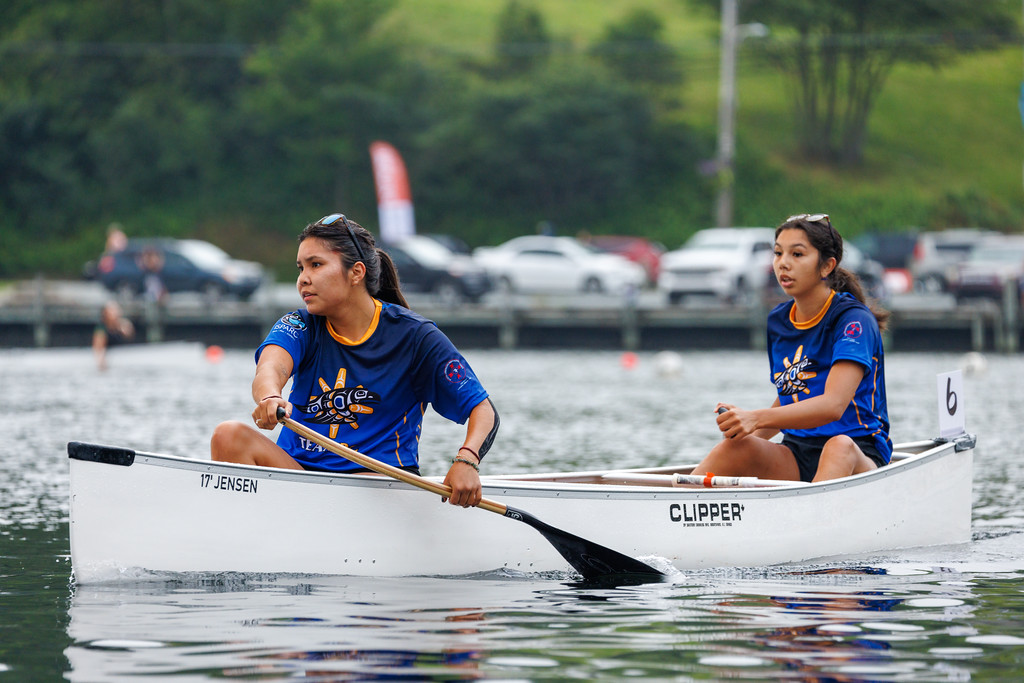
PROGRAMS FOR ALL POPULATIONS
Many of our systems and structures around sport and recreation were designed with the rise of more sedentary jobs around the mechanical revolution and continued with increased urbanization. These spaces and programs were purposefully developed for men who found themselves at ks and needed alternatives to their previous physical roles to stay in shape. What that has meant over time is that we have created a series of programs and services that were designed for straight, white, able-bodied men, and as we try to expand to additional populations, we end up creating “additive” approaches to introducing other populations to fitness, sports, recreation and physical activity.
The result of this is that we have ended up with several parallel systems which can be witnessed by segregated environments and programs for different populations. Special Olympics and Paralympics for people with disabilities; the North American Indigenous Games and corresponding Indigenous sports bodies as well as specialized programming such as N7 from Nike or FitNation from ISPARC in B.C. to support Indigenous participants; the Gay Games for the 2SLGBTIA+ community; as well as newcomer programs and many other organizations who are supporting racial and or religious participants who haven’t had safe places to play. These parallel systems are amazing AND each of these examples speaks to how these communities have found their own places and ways to participate and play—because they did not have a safe, welcoming or inclusive space in the existing programs and services in our fitness, sports, recreation and physical activity sector.
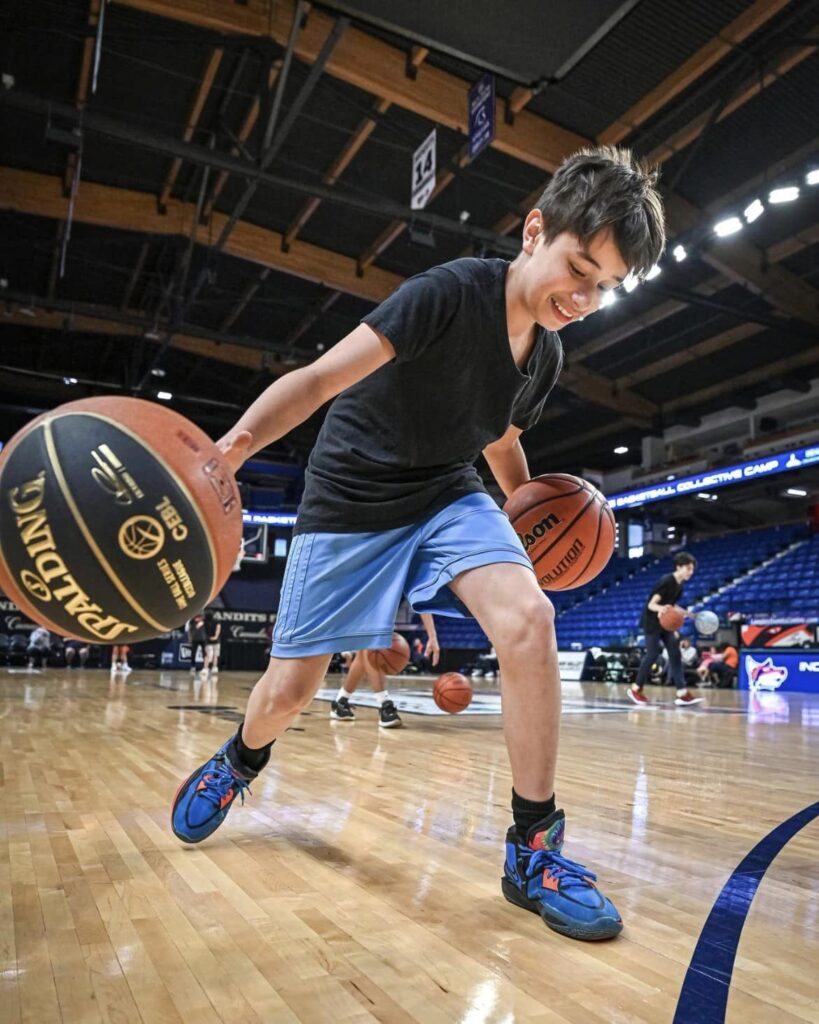
MOVING FORWARD
Ultimately the acronym that is used to describe, equity, diversity and inclusion work doesn’t matter. What matters is the understanding of what the work means—and a recognition that it has taken us generations to get here, and it will take time to shift. However, we each have an opportunity to build different, and more inclusive ways forward.
One challenge we also encounter with acronyms is that the meaning of each of the words within the chosen acronym is lost as we rattle off the pithy phrase. Here is a brief definition for each:
- Equity is about understanding what each person needs to be able to be successful; each person will need different things.
- Diversity includes the various dimensions of who people are.
- Inclusion is what people need to be successful in environments.
- Accessibility includes the factors that will support people to be part of the spaces and places and is about minimizing or eliminating barriers.
- Justice is about removing barriers (structural or systemic) to allow for access to whatever has not been historically available.
- Belonging is the feeling of being part of something—you can show up as you are and know that this place and space is for you.
- Our demographics in Canada are rapidly shifting. Here are a few quick stats to ground ourselves in the reality of why we also need to be thinking about and planning for the diversity of who our population is:
- 27 per cent identify as having a disability, and with an aging population people tend to acquire disabilities as they age. With increasing rates of mental health-related challenges this number is likely to continue to increase.
- 26 per cent of the population are from racial backgrounds that are not white, and with over 450,000 newcomers migrating to Canada each year we can expect that the racial backgrounds of the Canadian population will continue to increase that percentage.
- 5 per cent of the population identifies as First Nations, Metis or Inuit.
- For the first time our latest census asked about gender identities beyond women and men, and we learned that
- 0.1 per cent identify as non-binary.
There is a dual bottom-line reason to engage in the work of equity, diversity and inclusion—from a financial perspective, a lot of the population haven’t felt welcomed, safe or included in our fitness, sports, recreation and physical activity sector, so they are potential clients. From a people bottom-line, we know the power that being active together can have, and the relationships that are forged through playing or connecting in our spaces, and this is a tremendous opportunity to support that social connection across communities.
With this background hopefully you feel set up with the WHY of EDI. I will leave you with this last thought: what does belonging look like and feel like for you in fitness, sports, recreation and physical activity? How can you play a role to facilitate that for another person who doesn’t feel that yet?
Photography NAIG Host Society, Vancouver Bandits Basketball Club, BC Lions Football Club
You may also like: Athletes with IMPACT
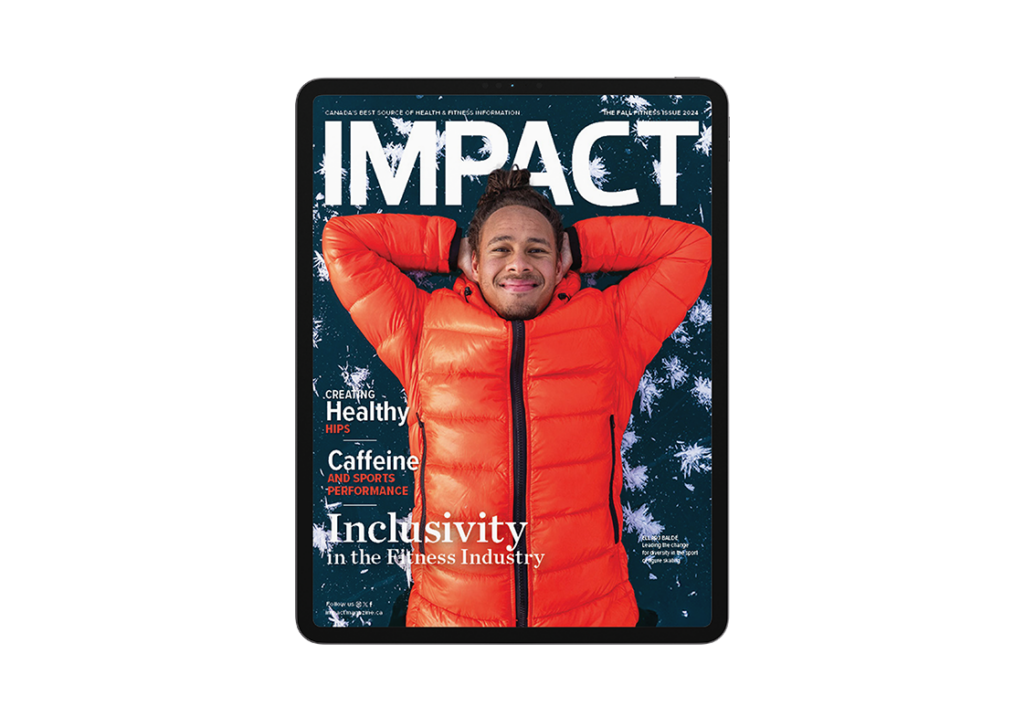
Read This Story in Our 2024 Fall Fitness Issue
IMPACT Magazine Fall Fitness Issue 2024 featuring Canadian figure skating icon Elladj Baldé, Paralympic shot putter Greg Stewart, Indigenous rights trail running Anita Cardinal. Adventure travel with some amazing winter getaways, strengthen your back and hips, find the art of joyful movement, Inclusivity in the fitness industry and so much more!


